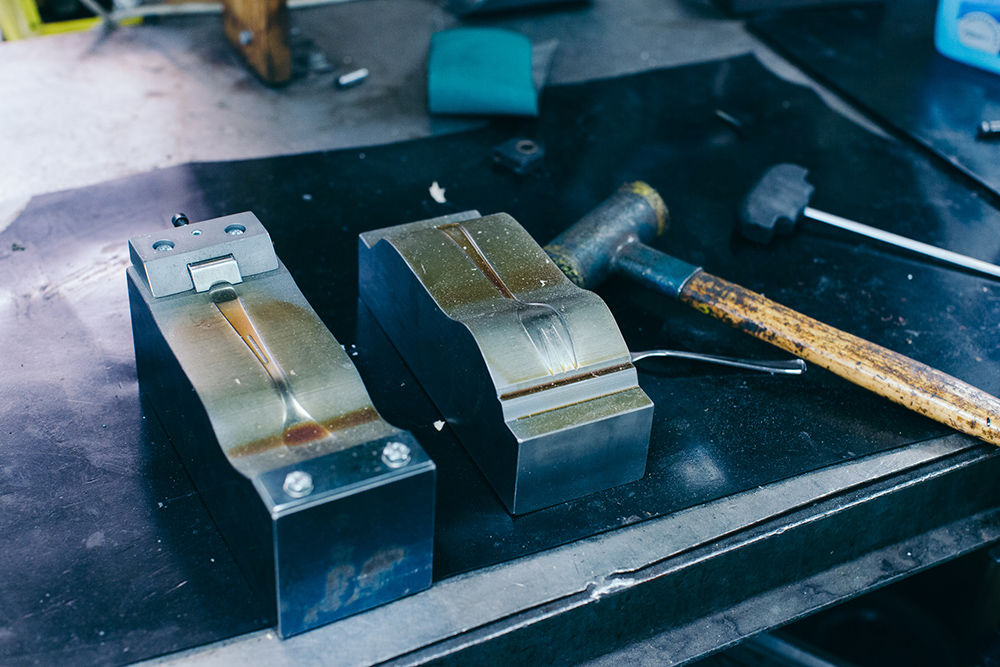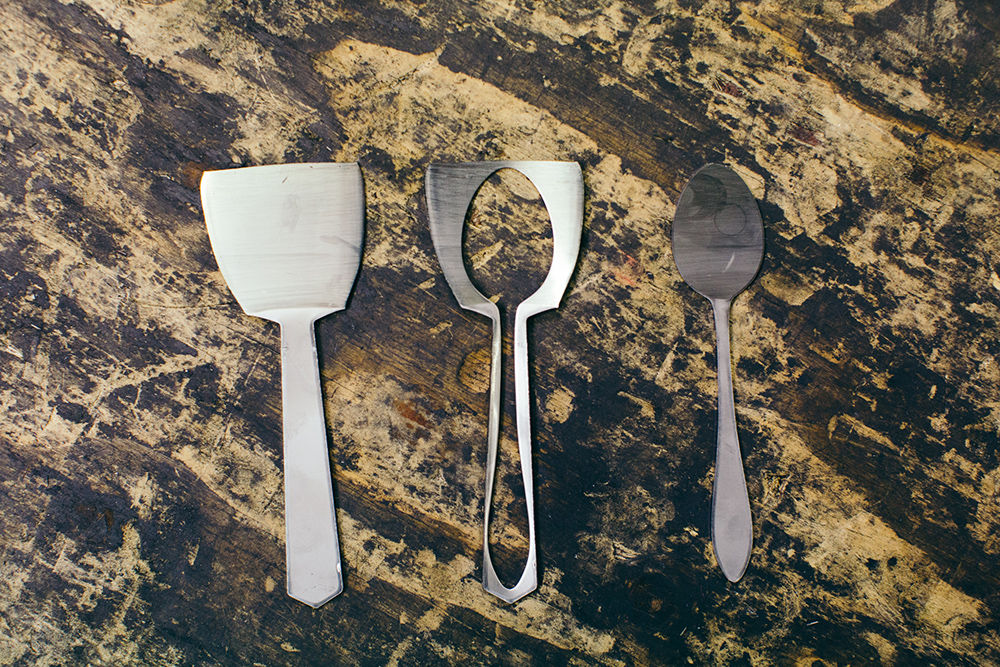Item added to cart
Your cart is currently empty.
Return to shop
Cutlery can be defined as utensils that we use to eat with. Cutlery is something we in Scandinavia take for granted, but this has not always been the case, and this is not the case in large parts of the world.
The truth is that less than half of the world’s population use cutlery today. The rest of the population prefer to eat with chopsticks, knives or just their hands.
Cutlery started as a tool and gradually become something only wealthy people used, as proof of their wealth. Today we cannot say that cutlery is only something for the rich people and in the west, it can be found in every home, while in other countries it is still seen as an unnecessary tool and something many cannot afford.


Did you know that the knife, spoon, and fork did not come at the same time, but over a long period of time?
It is not very surprising that the knife is the oldest of the three varieties. It was believed that the knife was a bone and was the first tool a man used. Knives were used for many millennia for hunting and work, and it was not until 5000 years ago that there were separate knives to set the table with. Eventually knives came in different materials and new forms of blades and handles.
The other next cutlery part to arrive, was the spoon. The first spoons were made of either clay, nutshells, or shells. The rich and wealthy had spoons made of gold and other precious metals, while ordinary people had spoons of wood, even though they usually ate with their hands.
The fork is the youngest eating utensil we have. The first forks had only two Tines and not four as we know it today. The oldest variant is reminiscent of today’s serving fork. The first forks were used to serve meat and not as a dinner fork.
Even in the early 1700s, the English lords thought the fork was redundant and preferred to use their hands.
Did you know that the fork was forgotten in the Middle Ages and banned in some places? This based on its resemblance to the devil’s horns.
Knife, spoon, and fork with the same pattern in a larger number did not become common until the 18th century, but then only in higher social arenas. Since then, cutlery has developed more and more special shapes.
The dinner knife has developed into, among other things, an appetizer knife, beef knife, fish knife, fruit knife, children’s knife, carving knife and butter knife. The dinner fork has further developed into an appetizer fork, cold cuts fork, cake fork, serving fork, lobster fork, children’s fork, and carving fork. The tablespoon has further developed into, among other things, teaspoon, dessert spoon, children’s spoon, serving spoon, salad spoon, fish spade, sauce spoon, soup spoon and jam spoon.
Today you have tools for every dish and occasion. We at the Hardanger brand have always been concerned with having a rich selection for every person and event. We change ourselves with the environment and are concerned with being innovative. We will always do that.
The Spork, which is a combination of spoon and fork, is a good example of this. People who experience tremors or who have difficulty eating with regular cutlery may experience discomfort around the dinner table, whether in personal or social company. The Spork is designed to make everyone feel included around the dinner table and not least to enhance the dining experience of the individual.
We want to have a wide range of designs, with different patterns in high quality. We have previously produced in both tin and silver, today we only focus on steel cutlery. This is to ensure we deliver high quality cutlery, that you can pass on to the next generation. Since the beginning, good craftsmanship and beautiful design have been among the most important pillars for us at the Hardanger brand.
When it comes to cutlery, one thing is for sure, we at the Hardanger Brand will continue to develop cutlery for a long time to come.